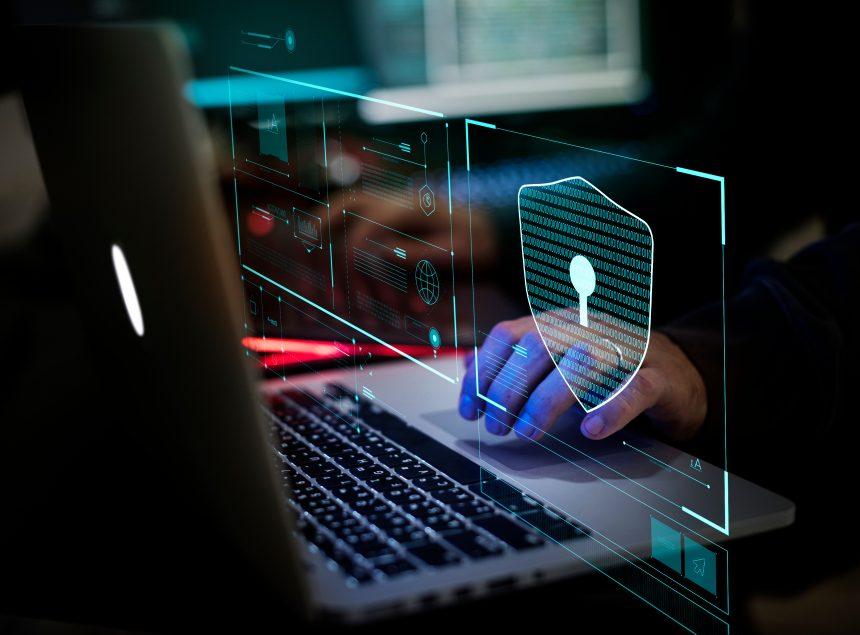Cyber threats have evolved significantly, with malware like BIMQ posing serious risks to users’ digital security. BIMQ is a type of malicious software designed to infiltrate computers stealthily and perform various harmful actions, often without the user’s knowledge. Once infected, BIMQ can compromise sensitive data, slow down system performance, and even enable unauthorized access to the infected device.
Actions and Consequences of BIMQ Malware
BIMQ typically enters systems through deceptive email attachments, malicious downloads, or compromised websites. Once inside, it can execute a range of malicious activities, including:
- Data Theft: BIMQ may steal personal information such as login credentials, financial data, and browsing habits.
- System Corruption: It can corrupt or delete files, leading to system instability and potential data loss.
- Remote Access: In some cases, BIMQ allows attackers remote access to control the infected computer.
Detecting BIMQ can be challenging as it often operates silently in the background, making manual removal difficult without specific tools.
Detection Names and Similar Threats
BIMQ may be detected by various antivirus and security software under different names such as:
- Trojan:Win32/BIMQ
- Backdoor.BIMQ
- Mal/BIMQ-A
Similar threats include other Trojans and backdoor malware like Zeus, Emotet, and TrickBot, which share the goal of compromising computer systems for financial gain or espionage purposes.
Removal Guide for BIMQ Malware
Removing BIMQ requires thorough steps to ensure complete eradication. Here’s a comprehensive guide to remove BIMQ manually:
- Disconnect from the Internet: Disable Wi-Fi or unplug Ethernet cables to prevent further data loss or unauthorized access.
- Enter Safe Mode:
- Restart your computer.
- When the computer starts booting, press F8 repeatedly until the Advanced Boot Options menu appears.
- Select Safe Mode with Networking and press Enter.
- End Malicious Processes:
- Press Ctrl + Shift + Esc to open Task Manager.
- Look for suspicious processes (e.g., random letters or numbers) and terminate them.
- Delete Malicious Files:
- Open File Explorer and navigate to:
%AppData% %Temp% %Local%
- Delete any suspicious files and folders.
- Open File Explorer and navigate to:
- Remove Malicious Registry Entries:
- Press Win + R, type regedit, and press Enter.
- Navigate to HKEY_CURRENT_USER\Software and HKEY_LOCAL_MACHINE\Software.
- Delete any suspicious keys or values related to BIMQ.
- Reset Browser Settings: BIMQ often modifies browser settings. Reset all browsers to default settings to remove unwanted extensions and toolbars.
- Scan with a Reliable Antivirus: Use a reputable antivirus or anti-malware software to perform a full system scan and ensure all remnants of BIMQ are removed.
Preventing Future Infections
To protect your system from BIMQ and similar threats in the future, follow these best practices:
- Keep Software Updated: Regularly update operating systems, software applications, and security patches.
- Exercise Caution Online: Avoid clicking on suspicious links, downloading unknown files, or opening attachments from unfamiliar sources.
- Use Strong Passwords: Create strong, unique passwords for all accounts and enable two-factor authentication whenever possible.
- Backup Important Data: Regularly back up important files and keep them stored securely offline.
- Educate Yourself: Stay informed about the latest cybersecurity threats and practices.
By following these steps and remaining vigilant, you can significantly reduce the risk of falling victim to BIMQ and other malicious software.





